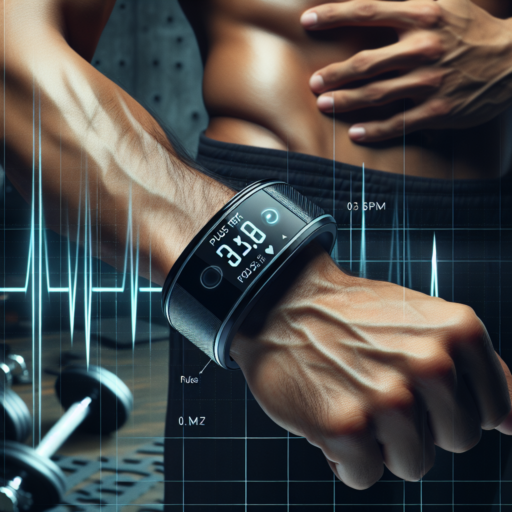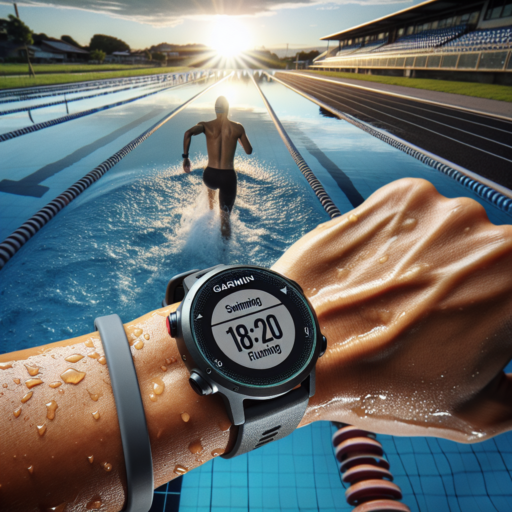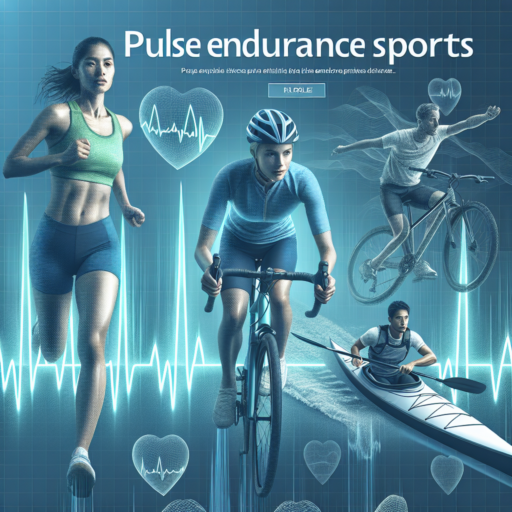What does a pulse meter tell you?
A pulse meter, also known as a heart rate monitor, serves as a pivotal tool in understanding and monitoring the heart’s performance and overall cardiovascular health. Primarily, it measures the number of heartbeats per minute, providing insights that are crucial for various aspects, from athletic training to medical monitoring. This simple yet powerful device reveals critical data that can guide individuals in optimizing their fitness routines, assessing health status, and even in preventive health care measures.
Moreover, the readouts from a pulse meter can indicate the efficiency of your heart’s function. By regularly monitoring heart rate, users can track how well the heart is strengthening over time or if there are signs of potential health issues that warrant further medical investigation. It’s a gateway to personal health awareness, enabling users to tune in to their body’s signals and respond appropriately, whether that means tweaking exercise intensity, managing stress, or seeking professional advice.
Additionally, advanced pulse meters may offer insights into heart rate variability (HRV), a measure of the time variation between heartbeats. This metric provides information on the autonomic nervous system’s activity, hinting at your body’s stress levels, recovery status, and even sleep quality. Understanding the nuances of what your heart rate and its variability can tell you turns the pulse meter into a comprehensive Personal Health device beyond simple pulse checks.
How accurate is the wrist oximeter?
Assessing the accuracy of wrist oximeters is paramount for both healthcare professionals and patients who rely on these devices for monitoring oxygen saturation (SpO2) levels. Wrist oximeters, designed for convenience and continuous monitoring, often raise questions regarding their precision compared to traditional fingertip models.
Studies have shown that wrist oximeters can deliver comparably accurate readings under optimal conditions – that is, when the sensor is placed correctly and there’s minimal movement. However, it’s critical to understand that factors such as poor circulation, skin thickness, and even the presence of nail polish can affect the accuracy of the readings. Moreover, motion artifacts – the distortions in readings caused by movements – are particularly challenging for wrist oximeters, potentially leading to less reliable data.
Factors Affecting Wrist Oximeter Accuracy
- Placement and Fit: Proper sensor alignment is crucial for accurate measurements.
- Physiological Conditions: Skin temperature, thickness, and blood flow can alter accuracy.
- Motion Artifacts: Sudden movements can cause significant reading inaccuracies.
- Environmental Factors: Extreme temperatures and humidity levels may impact performance.
The context in which a wrist oximeter is used plays a vital role in its accuracy. For example, these devices are often more reliable in stationary, controlled settings than in active or outdoor environments. It’s advisable for users to consult healthcare professionals to ensure their wrist oximeter is suited to their specific health monitoring needs and to understand the potential limitations of their device.
How do wrist pulse oximeters work?
Wrist pulse oximeters operate on a simple yet sophisticated principle to measure oxygen saturation levels and pulse rate directly from the wrist, providing a convenient and non-invasive method for monitoring essential health metrics. These devices use light-emitting diodes (LEDs) to pass light through the blood in the wrist, analyzing the light absorption changes caused by the pulsation of blood flow. This technology allows the oximeter to calculate the oxygen saturation in the blood (SpO2) by distinguishing the oxygenated hemoglobin from the deoxygenated hemoglobin.
Components and Functionality
The primary components of a wrist pulse oximeter include a sensor that is worn around the wrist, similar in appearance to a watch, and a display that shows the readings. The sensor houses the LEDs and a photodetector. When the device is activated, the LEDs emit specific wavelengths of light (usually red and infrared) that pass through the skin and are partially absorbed by the blood vessels. The photodetector on the opposite side of the sensor catches the light that has passed through and measures the intensity of the light received. The variation in light absorption during each pulse beat allows the oximeter to calculate the oxygen saturation levels and pulse rate.
Advantages of Wrist Pulse Oximeters
Wrist pulse oximeters are prized for their convenience and the ability to provide continuous, real-time monitoring without the need to attach sensors to the fingertips. This aspect is particularly beneficial for patients requiring long-term monitoring or those engaged in overnight sleep studies. Additionally, these devices are designed to be wear-resistant and comfortable, making them suitable for continuous wear during various activities, including sleep.
In essence, the functionality of wrist pulse oximeters hinges on the principle of light absorption by blood. The device’s ability to discern between the different absorption rates of oxygenated and deoxygenated blood enables it to provide accurate measurements of SpO2 levels. By offering a blend of convenience, comfort, and precision, wrist pulse oximeters represent a significant advancement in personal health monitoring.
No se han encontrado productos.
What is the best pulse meter?
When discussing the best pulse meter, it’s essential to consider various factors like accuracy, ease of use, features, and price. Pulse meters, or heart rate monitors, have become indispensable for people keen on managing their fitness levels, monitoring heart health, or improving their exercise routines. Therefore, understanding what makes a pulse meter stand out can significantly influence your decision.
Accuracy and Comfort
The paramount feature of the best pulse meters is their accuracy. A reliable pulse meter provides consistent heart rate readings that are crucial for tracking your fitness progress or heart health. Additionally, comfort plays a significant role as the device may be worn for extended periods. The best pulse meters are designed to be both accurate and comfortable, often featuring soft, adjustable straps or non-intrusive clips.
Advanced Features
Beyond basic heart rate monitoring, top-tier pulse meters offer a plethora of advanced features. This can include connectivity with smartphones or fitness apps, providing a comprehensive overview of your health and fitness data. Features such as VO2 max estimation, stress level monitoring, and sleep quality analysis elevate a standard pulse meter to the best in its category. These functionalities cater to a wide range of users, from those seeking to improve their general well-being to athletes aiming for peak performance.
It’s also paramount to consider the user interface and battery life, as these aspects greatly influence the overall experience. The best pulse meters balance functionality with user-friendliness, ensuring that you can access and interpret your health data effortlessly. With the constant innovation in wearable technology, identifying the best pulse meter involves weighing these factors against personal needs and preferences.




